Knowing about real yield in DeFi is important for investors who want to make informed decisions about their investments in the decentralized financial ecosystem. It helps them to calculate the actual rate of return on their investment after accounting for inflation and other factors and evaluate the true value of their investment.
What is DeFi?
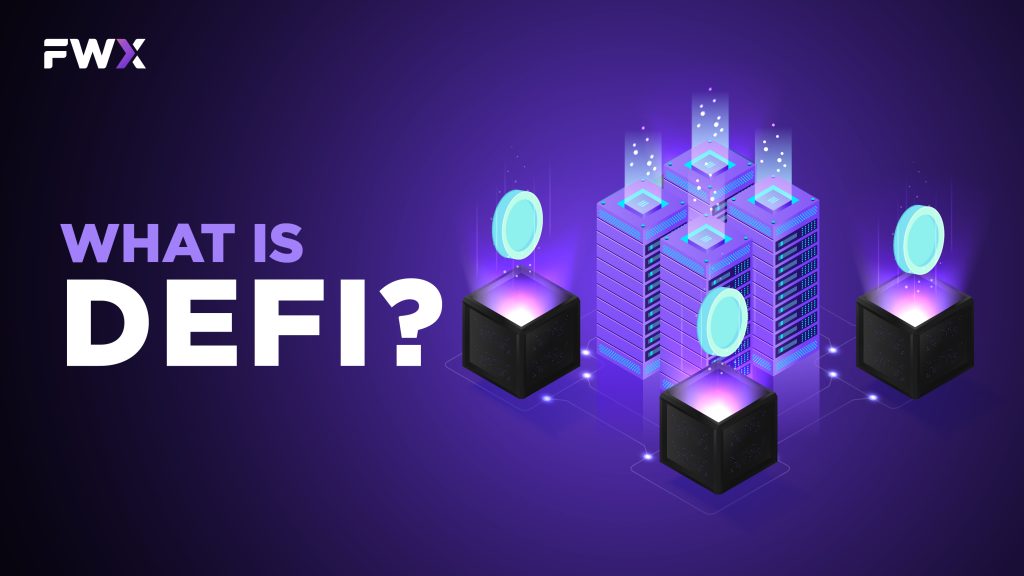
Before talking about the main principles Let’s talk about the basics of the DeFi topic first. DeFi, or decentralized finance, refers to a new financial system that is built using blockchain technology and operates without the need for traditional financial intermediaries, such as banks or brokers. DeFi aims to provide a more transparent, accessible, and equitable financial ecosystem that is open to anyone with an internet connection.
In a DeFi system, financial transactions are executed using smart contracts, which are self-executing programs that run on a blockchain. These smart contracts can automate various financial processes, such as lending, borrowing, trading, and insurance, without the need for intermediaries.
DeFi applications are powered by decentralized platforms, such as Ethereum, that enable developers to create and deploy smart contracts. Some of the most popular DeFi applications include decentralized exchanges, lending platforms, and stablecoins.
DeFi has the potential to transform the financial industry by offering more freedom, control, and privacy to users. However, it also comes with some risks, such as smart contract bugs and hacks, which require careful management and regulation.
What is DeFi Yield Farming?
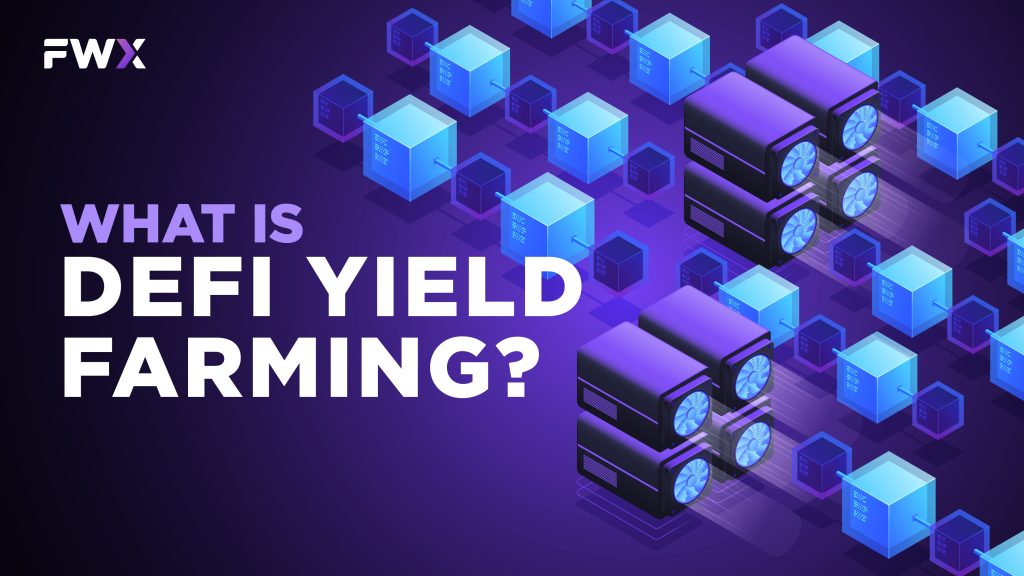
DeFi Yield Farming, also known as liquidity mining, is a way for cryptocurrency investors to earn passive income by providing liquidity to decentralized finance (DeFi) protocols. It involves staking or locking up digital assets, such as Ethereum, in a smart contract on a DeFi platform to earn rewards in the form of additional cryptocurrency tokens.
Yield farming can offer high returns, but it also involves risks, such as impermanent loss, where the value of the provided liquidity decreases due to market fluctuations, and smart contract vulnerabilities that can result in the loss of funds.
Yield farming can be done on various DeFi platforms, such as decentralized exchanges (DEXs), lending platforms, and liquidity pools. Some popular platforms for yield farming include Uniswap, Aave, and Curve.
Yield farming has become increasingly popular in the DeFi space, as it offers investors an opportunity to earn higher returns than traditional investments while also contributing to the liquidity and growth of the DeFi ecosystem. However, investors should be aware of the risks and thoroughly research the platforms they plan to use.
How does DeFi yield farming work?
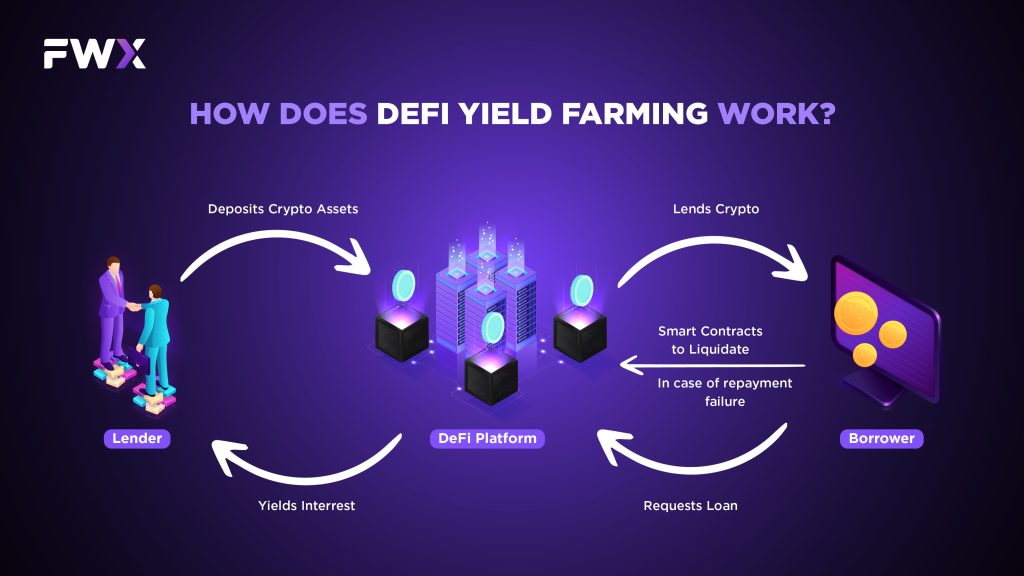
Decentralized Finance (DeFi) yield farming, also known as liquidity mining, is a way to earn cryptocurrency rewards for providing liquidity to decentralized finance protocols.
In traditional finance, individuals lend money to banks and receive interest payments. In DeFi, individuals can lend cryptocurrency assets to decentralized finance protocols and earn rewards in the form of tokens issued by the protocol. Yield farming involves depositing cryptocurrency assets into a liquidity pool and receiving rewards in the form of new tokens from the protocol.
- Choose a DeFi protocol: Yield farming involves depositing cryptocurrency assets into a DeFi protocol. The first step is to choose a protocol to deposit your assets.
- Deposit assets into a liquidity pool: Once you have chosen a protocol, you need to deposit cryptocurrency assets into a liquidity pool. A liquidity pool is a smart contract that holds cryptocurrency assets and provides liquidity to the protocol. In exchange for providing liquidity, you receive liquidity provider (LP) tokens that represent your share of the pool.
- Receive rewards: Once you have deposited your assets into a liquidity pool, you can start earning rewards in the form of new tokens issued by the protocol.
- Withdraw your assets: You can withdraw your assets and rewards at any time. Withdrawals may be subject to fees, and the value of your assets and rewards may fluctuate depending on market conditions.
The amount of rewards you can earn from yield farming depends on several factors, including the amount of liquidity you provide, the duration of your liquidity provision, and the protocol’s reward structure. Yield farming can be a high-risk, high-reward activity and requires careful consideration before participating.
What is Real Yield in DeFi?
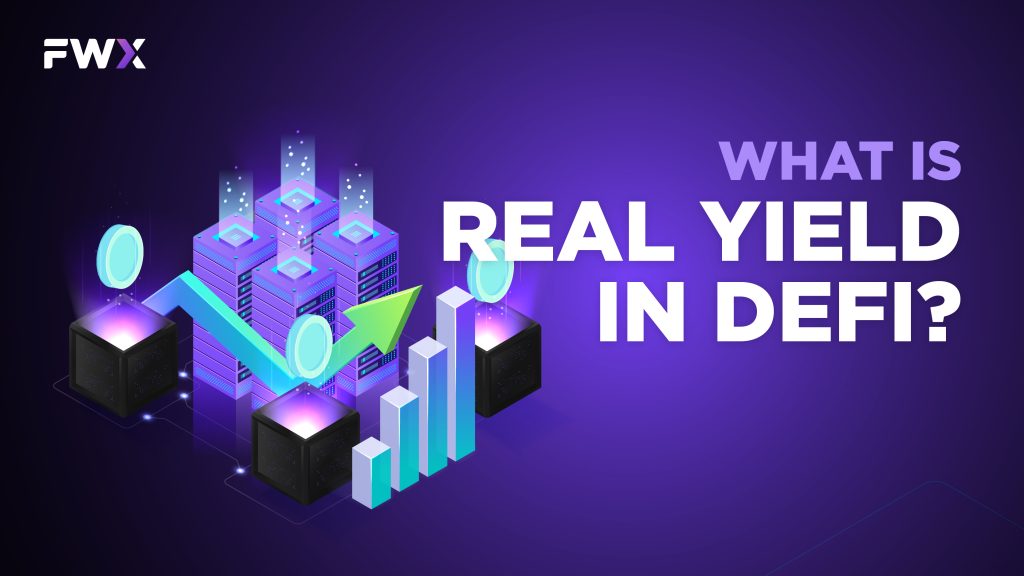
Real yield in DeFi refers to the actual rate of return that an investor can earn on their cryptocurrency investment, after accounting for inflation and other factors. In traditional finance, the nominal yield or interest rate is typically used to measure the return on investment. However, in DeFi, where the interest rates are often much higher due to the absence of intermediaries, it is important to consider the impact of inflation on the purchasing power of the investment.
For example, if the nominal yield on a DeFi investment is 10% and the inflation rate is 5%, the real yield would be 5%. This means that the investor would actually earn a 5% return on their investment after accounting for inflation.
Real yield is an important metric for investors to consider when evaluating DeFi investments, as it helps them to make informed decisions about their investments based on their desired rate of return and risk tolerance. By taking into account both the nominal yield and the inflation rate, investors can better understand the true value of their investment and make more informed decisions about where to allocate their funds in the DeFi ecosystem.
How to Ensure Your DeFi Yield is Real?
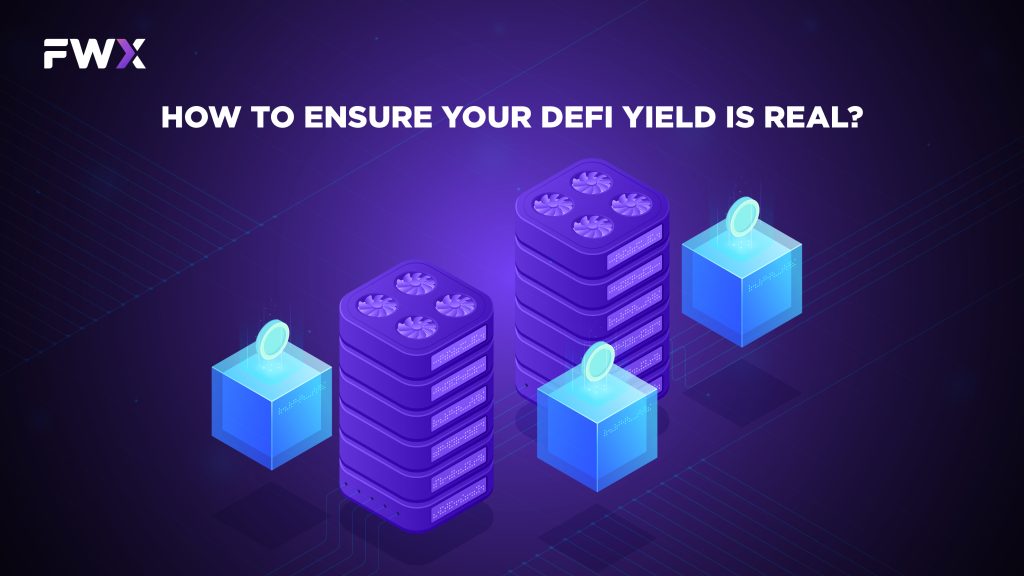
Ensuring that your DeFi yield is real requires careful consideration and evaluation of several factors. Here are some steps to take:
- Research the DeFi protocol: Before investing in a DeFi protocol, it is important to research the protocol thoroughly. Look into the protocol’s history, its security measures, and its performance over time.
- Evaluate the yield: Check the yield rates offered by the protocol and compare them with those of other protocols. If the yield rate seems too good to be true, it may be a red flag.
- Understand the risks: It is important to understand the risks involved in investing in DeFi protocols, including smart contract risks and market risks.
- Consider inflation and other factors: When evaluating the yield, it is important to consider inflation and other factors that can affect the real yield.
- Use reputable platforms: Use reputable platforms to invest in DeFi protocols, and be cautious of unknown or new platforms.
By following these steps, investors can better evaluate the real yield of a DeFi investment and make more informed decisions about where to allocate their funds in the DeFi ecosystem.
Conclusion
DeFi Yield Farming is a process where investors provide liquidity to a DeFi protocol and earn rewards in return. Yield farming involves choosing a DeFi platform, providing liquidity, earning rewards, and claiming rewards.
Real yield in DeFi is the actual rate of return an investor can earn on their cryptocurrency investment after accounting for inflation and other factors. Crypto real yield is a metric that calculates the actual rate of return an investor can earn on their cryptocurrency investment. To ensure your DeFi yield is real, investors should evaluate the nominal yield, inflation rate, and other factors that may impact the value of their investment.


